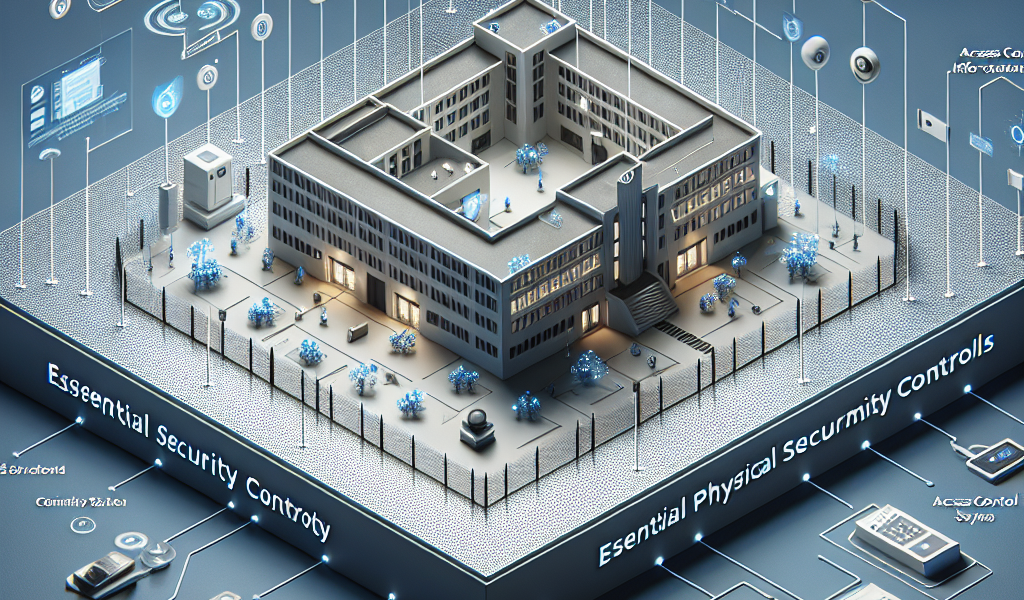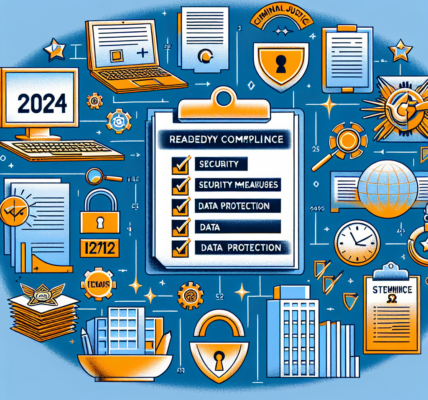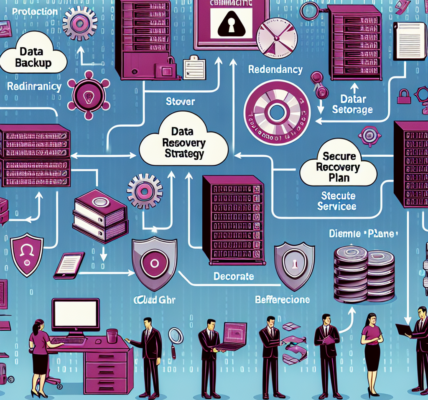In an increasingly digitized world, the importance of CJIS Ready physical security controls cannot be overstated. Organizations that handle criminal justice information (CJI) face the daunting challenge of safeguarding sensitive data against both internal and external threats. This responsibility not only impacts operational integrity but also influences public trust and compliance with stringent federal regulations. As the stakes rise, understanding the essential CJIS Ready physical security controls becomes paramount for any entity involved in the realm of criminal justice.
Understanding the Importance of CJIS Physical Security Measures
To grasp the significance of CJIS physical security measures, it’s crucial to recognize the sensitive nature of criminal justice information. Agencies that store, process, or transmit CJI are mandated to implement physical security measures that prevent unauthorized access and ensure the integrity of the information. The potential consequences of failing to safeguard this data can include identity theft, breaches of privacy, and even legal repercussions that could cripple an organization’s reputation and operational capacity.
Moreover, the increasing prevalence of cyber threats amplifies the need for robust physical security. A mere lapse in securing physical access points can lead to devastating breaches, where malicious actors exploit vulnerabilities to gain access to high-value data. This reality underscores the necessity of integrating physical security controls with cybersecurity protocols. Ignoring physical security measures in the age of ubiquitous technology is akin to leaving a door wide open in a high-crime neighborhood—an invitation for disaster that agencies cannot afford to overlook.
Furthermore, compliance with the Criminal Justice Information Services (CJIS) Security Policy necessitates a comprehensive approach to physical security. This policy is not just a guideline but a regulatory framework that agencies must adhere to in order to maintain their operational licenses. By understanding and implementing the essential physical security measures outlined by CJIS, organizations not only protect their data but also position themselves as trustworthy stewards of sensitive information, thereby enhancing their credibility in the public eye.
Key Components of Effective CJIS Ready Security Controls
The foundation of CJIS Ready physical security controls lies in a multi-layered approach designed to fortify access points and enhance the overall security architecture. One of the critical components is access control, which involves the implementation of security measures that ensure only authorized personnel can enter sensitive areas. This often includes badge access systems, biometric scanners, and visitor logs. By meticulously tracking who can access what, organizations can maintain tighter control over their facilities.
Another essential aspect is surveillance. The integration of closed-circuit television (CCTV) systems and motion detectors creates an additional layer of security that acts as both a deterrent and a monitoring tool. High-definition cameras strategically placed around the premises can provide real-time monitoring and recording capabilities, enabling agencies to respond promptly to unauthorized access attempts. The presence of surveillance systems not only enhances security but also instills a sense of accountability among employees and visitors alike.
Finally, the physical environment itself plays a pivotal role in CJIS security. This includes the construction of secure facilities, the implementation of barriers such as fences or gates, and the establishment of safe zones where sensitive information is processed. By designing spaces that minimize vulnerabilities and restrict access to critical infrastructure, organizations can significantly reduce the risks associated with physical threats. This proactive approach to security ensures that agencies are not merely reactive to incidents but are equipped to prevent them in the first place.
Navigating the complexities of CJIS Ready physical security controls requires a proactive mindset and a commitment to ongoing improvement. By implementing the key components discussed—robust access control measures, advanced surveillance systems, and secure physical environments—organizations can significantly enhance their security posture. The stakes are high, and the cost of inaction can be devastating. Take the necessary steps today to protect your agency and its critical information, ensuring compliance while fostering trust and integrity in your operations. As the landscape of threats continues to evolve, staying ahead with elite tactics in physical security is not just beneficial; it is essential.




